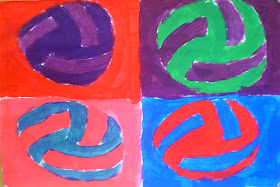The students in the all-star academy ceramics class have been adding drawings to their sketchbooks in order to plan for future clay projects. As an artist, all of my ideas begin in my sketchbook, a place where I revise, rework, and transform my plans for larger scale projects. My sketchbook is a place I return to when I need new inspiration, new direction, or new options. As an art eductor, I believe it is my responsibility to teach students the vital role of the sketchbook in the creative process.
Sketchbooks are:
1. A place where we can create concrete plans, including the steps, processes, and materials needed for larger scale projects
2. A place to gather and synthesize images and ideas
3. A place where we can visually document events, people, and places. It is a place where we can remember.
4. A place where we can work out creative problem solving processes
































